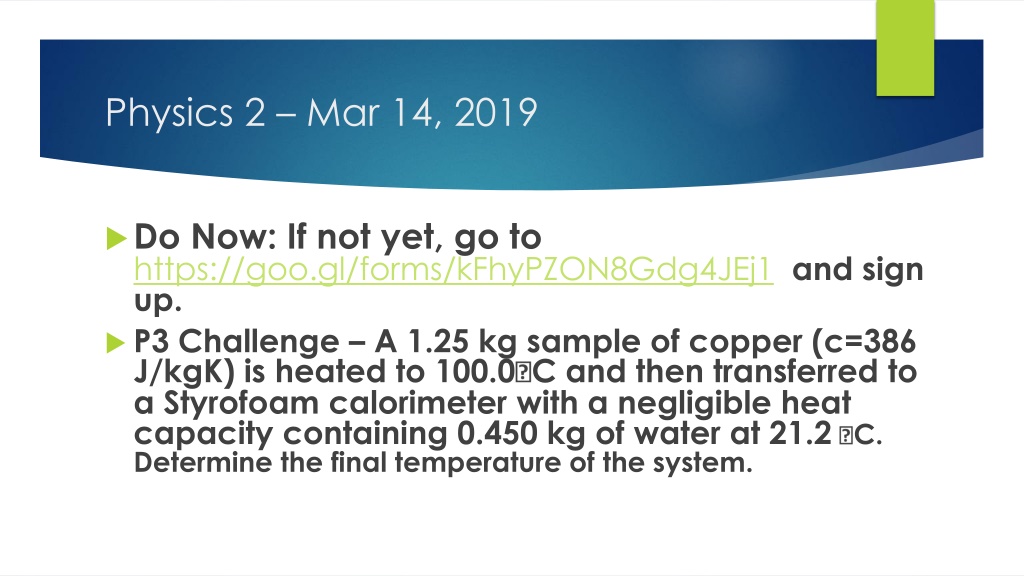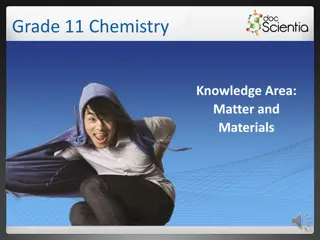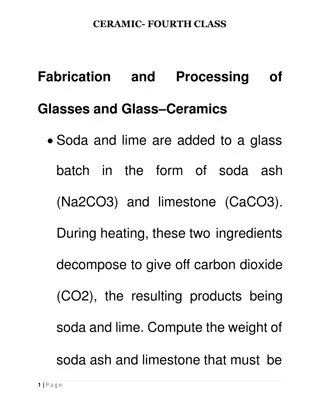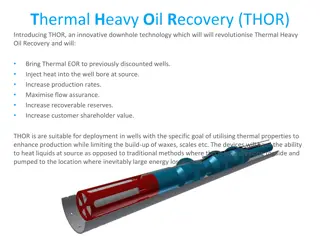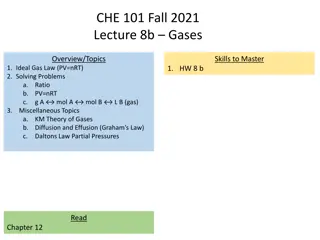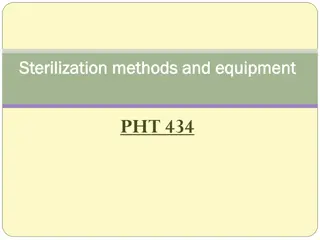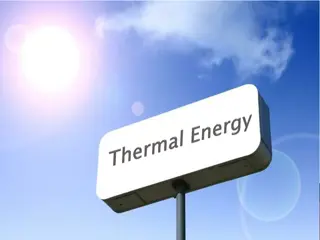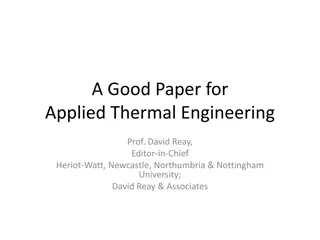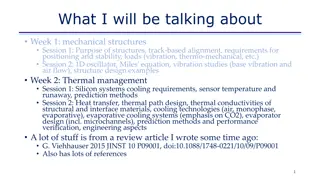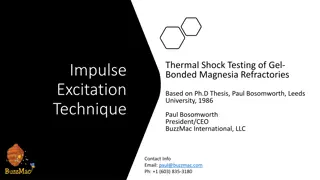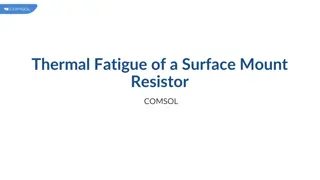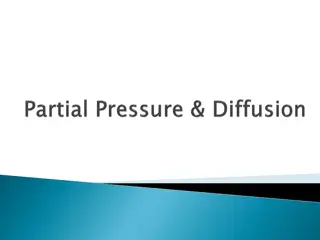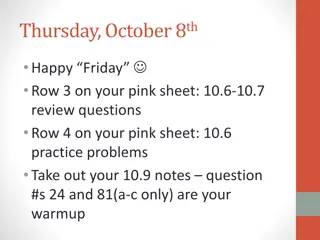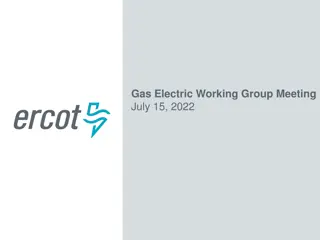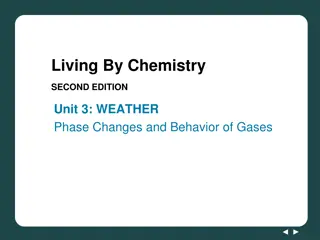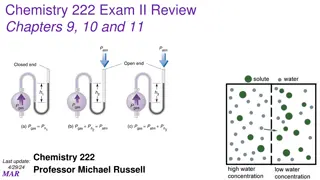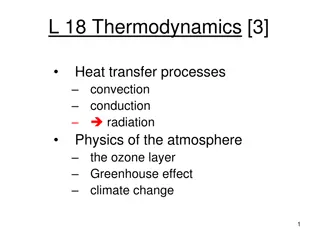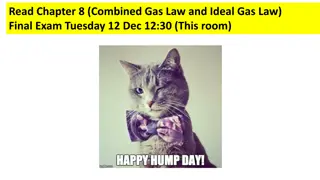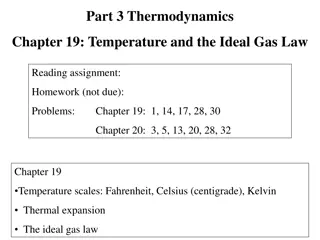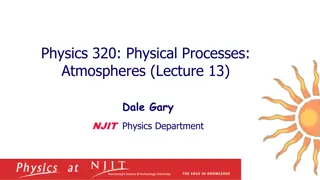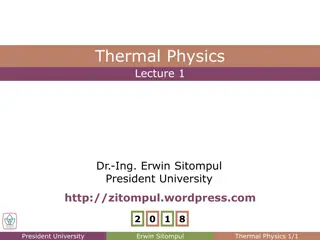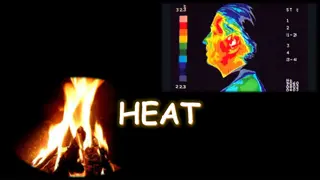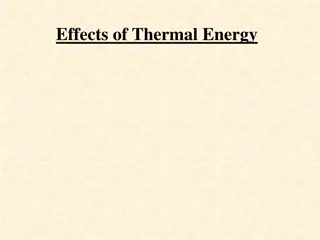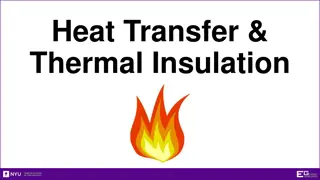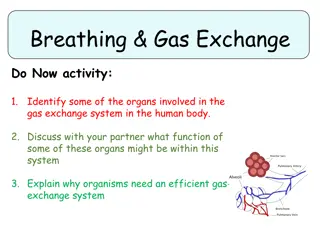Understanding Thermal Physics and Gas Laws in Physics Class
Explore the concepts of thermal physics and gas laws in today's physics class. Learn about the transfer of heat, the mole concept, atomic and molar masses, pressure, standard pressure and temperature (STP), and ideal gases. Delve into calculations involving sample materials like copper and water to determine final temperatures in a calorimeter. Gain insights into the properties of ideal gases based on the assumptions of the kinetic theory of matter. Prepare for upcoming topics on internal energy and takeaways for the following week's lessons. Engage with interactive assignments and homework to deepen your understanding of these fundamental principles.
Download Presentation

Please find below an Image/Link to download the presentation.
The content on the website is provided AS IS for your information and personal use only. It may not be sold, licensed, or shared on other websites without obtaining consent from the author. Download presentation by click this link. If you encounter any issues during the download, it is possible that the publisher has removed the file from their server.
E N D
Presentation Transcript
Physics 2 Mar 14, 2019 Do Now: If not yet, go to https://goo.gl/forms/kFhyPZON8Gdg4JEj1 and sign up. P3 Challenge A 1.25 kg sample of copper (c=386 J/kgK) is heated to 100.0 C and then transferred to a Styrofoam calorimeter with a negligible heat capacity containing 0.450 kg of water at 21.2 C. Determine the final temperature of the system.
Physics 2 Mar 14, 2019 Today s Objective: 3.2 Thermal Physics; Gases Assignment: Ch 3.2, p140, #13-21 Agenda Homework Review (students put 1-11 on board) The mole and ideal gases Simple gas Laws Ideal gas law (time permitting) Overview of next week: Complete gases on Tuesday, Internal energy on Thurs, Review Friday After spring break, Tues Review, Thurs U6 test
The mole and NA Because atoms are so small, we need a way to count them. The mole is a unit that functions like a dozen. It s just a collection of some number of items. You can have a mole of anything. Just like you can have a dozen of anything. While a dozen is 12. A mole is 6.022 x 1023items. 6.022 x 1023is Avogadro s number and symbolized NA.
Atomic mass and Molar mass On the periodic table, the number under each element symbol provides the atomic mass of one atom of the element in u, atomic mass units. ?.?.? = ? =1 ? ?? NAwas chosen such that this number ALSO tells the mass of one mole of atoms in grams, which is called the molar mass, . n=? ? The number of moles of a substance is indicated by n. Be able to convert mass to moles for any substance using its molar mass. (from chemistry class- use factor label methods)
Pressure Pressure is the amount of perpendicular force applied to an area Atmospheric pressure is the weight of air per unit of area. Pascals (SI Unit) 1 Pa = 1 N/m2 IB exclusively uses Pa and atm Atmosphere 1.00 atm = 760 torr = 101,325 Pa = 1.01325 Bar = 1013.25 mbar
Standard Pressure and Temperature (STP) Normal atmospheric pressure at sea level is referred to as standard pressure. It is equal to 1.00 atm Standard temperature is 0 C = 273 K Together they are STP and are very common condition for measuring physical constants.
Ideal gases (assumptions) An ideal gas follows all of the assumptions of the kinetic theory of matter: Molecules are point particles with negligible volume. The particles obey mechanics and move with constant velocity. Molecules have a range of speeds and move randomly. There are no forces between molecules unless they collide. The time for collisions is relatively negligible. Collisions of molecules and with the walls are elastic.
Ideal and Real gases A real gas can be converted into liquids and solids and exist on a Pressure Temperature diagram called a phase diagram. Ideal gases stay gases at all temperatures and pressures. Real gases approximate ideal gases at low pressures and high temperatures, when the density is low. At high pressures, the molecules interact. At low temperatures, they may condense or solidify.
Boyles PV Law Consider any given sample of gas in a compressible container with a piston attached As you compress the gas, what happens to the pressure of the gas? Pressure proportional to mass Volume proportional to height Measure height of piston for various masses. As mass increases, height decreases As pressure increases, volume decreases
Boyles PV Law More specifically, you will find that pressure and volume are 1 P inversely proportional = PV = 1 1 PV PV constant V Mathematically: 2 2 (Note: T is constant) Graph V vs P is a curve. Graph V vs 1/P is a line.
Charless VT Law Hot air rises. When air is heated, it becomes less dense and rises. Because density = mass / volume, there are two ways to decrease density: decrease mass, or increase volume. If the amount of air is constant, mass is constant. So hot air rises because its volume has increased. Generally, if temperature increases, then volume increases.
Charless VT Law Specifically you will find they are directly proportional. (Note: Pressure is held constant and T is in Kelvin) Mathematically: V T V T V T V T = 1 2 = constant 1 2
Charles VT law Sample Problem Ex: A sample of gas has a volume of 2.80 x 10-3 m3 at an unknown temperature. When the sample is submerged in ice water at T = 0 C, its volume decreases to 2.57 x 10-3 m3. What was its initial temperature?
Charles VT law and Absolute Zero If you measure the volume of a gas at several temperatures and then plot V vs T, your graph can be extrapolated to find absolute zero!! All gases produce the same absolute zero result.
Gay-Lussacs PT Law Generally, if temperature increases, then pressure increases. From KMT: higher Temp faster particles collisions Higher pressure Specifically you will find they are directly proportional. more forceful P T P T P T = 1 2 = P T constant 1 2 Note: Volume is held constant and T is in Kelvin.
Combined gas law Gay-Lussac s, Charles s Law and Boyle s Law can be combined together: PV PV T = 1 1 2 T 2 1 2 Solve problems using the same basic strategy. Ex: A scuba diver takes a 2.8 dm3 balloon from the surface, where the temperature is 34 C, to a depth of 25 m, where the temperature is 18 C. What is the volume of the balloon at this depth? (For every 10 m of water, the pressure increases by 1 atm.)
Avogadros Law When temperature and pressure are held constant, if the amount of gas is increased, the volume of the sample increases. (e.g. balloon) Experiments show that this is a direct proportionality. Mathematically: V n V n V n= V n = 1 2 constant 1 2
Deriving the Ideal Gas Law Summarize all 3 proportionalities into one: 1 V P nT P V n V T V The proportionality constant is R, the gas constant. nT V R P = PV nRT = J = 8.314 R Or R = 0.0821 atm L/mol K mol K Only PV = nRT in Data Packet
Ideal gas law and simple gas laws Ex: A cylinder contains 28.5 dm3 of oxygen gas at a pressure of 180 kPa and a temperature of 25 C. How many moles of O2 gas molecules are present?
Exit Slip - Assignment Exit Slip- none What s Due? (Pending assignments to complete.) Ch 3.2, p140, 13-21 What s Next? (How to prepare for the next day) Read 3.2 p126-136 about Gases
